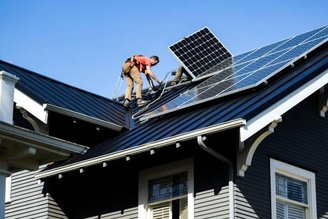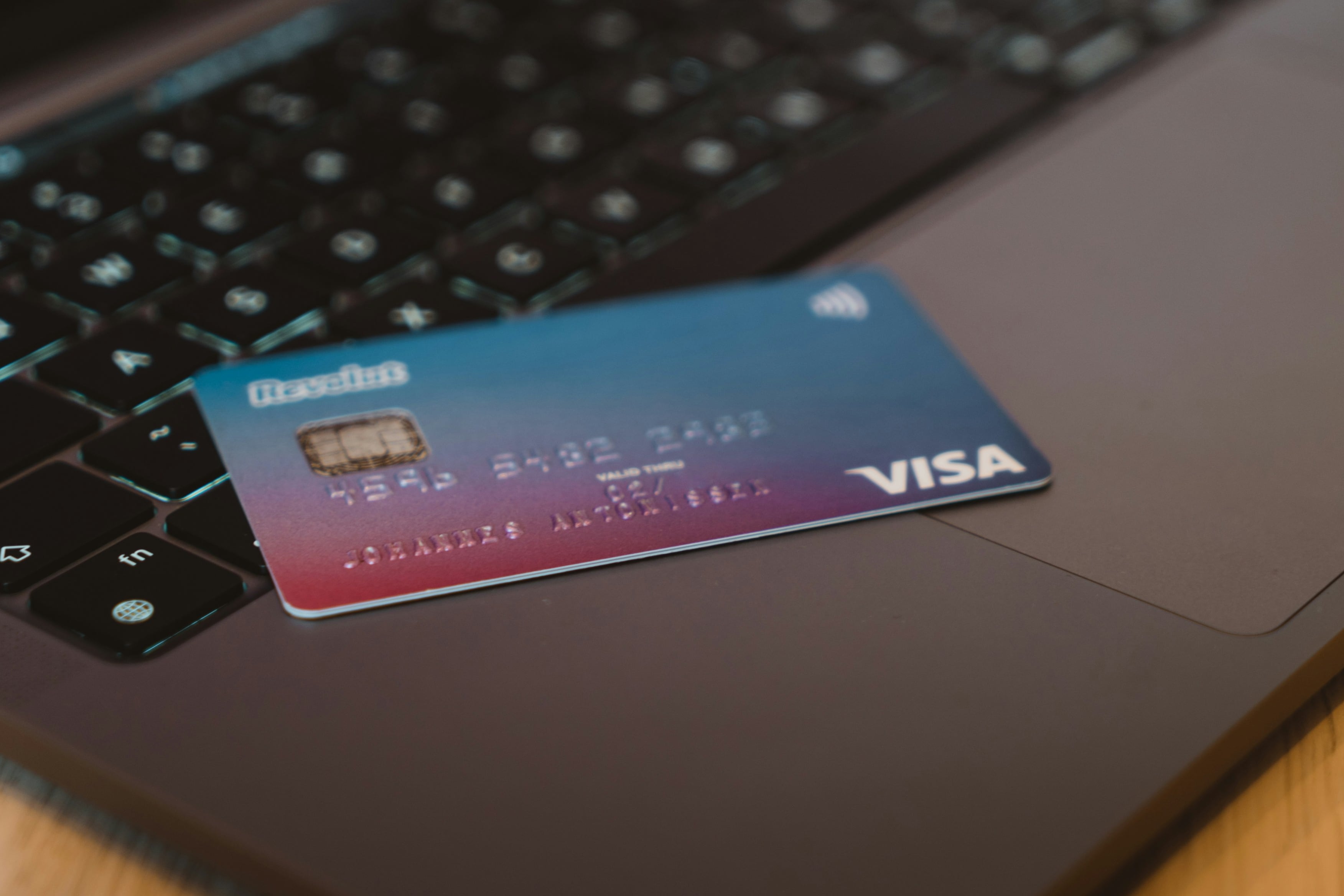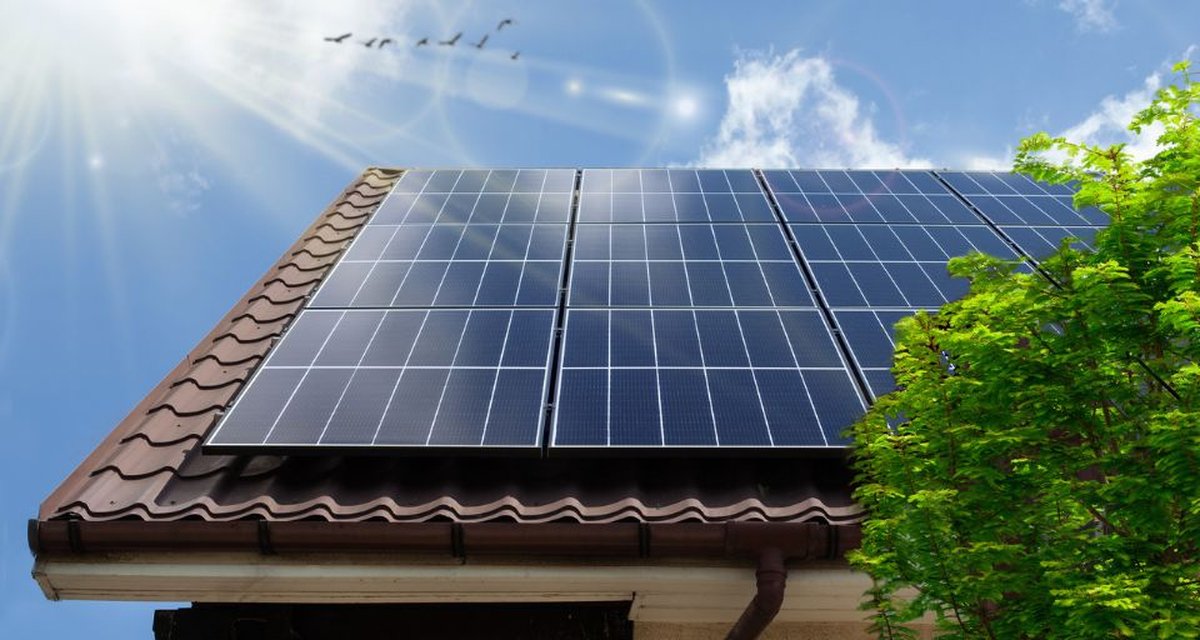Solar power inverter or photovoltaic inverter is an important component in solar energy systems. Its main function is to convert the direct current (DC) produced by solar panels into alternating current (AC), which is the type of energy used by our home appliances.
Transformation Required for efficient and safe operation of the entire system solar energy. Given the diversity of systems, there are different types of inverters, each designed to meet specific projects.
Want to better understand how a solar inverter works and how to choose the ideal model for your system? Read on to learn all about this equipment!
What is a solar inverter?
A solar inverter is a part that is found in any photovoltaic system and is its main function. converting the current produced by solar panels in a form of energy Used by most electronic devices and electrical systems.
In addition to adapting energy for use, the photovoltaic inverter also optimizes energy production and monitors system performance, ensuring safety and efficiency.
Inverters can be installed in a wide variety of locations, from solar panels to areas close to light panels, as long as they are protected from excessive heat and humidity.
In larger commercial installations, it is common to allocate a room just for this equipment due to its size and need for maintenance.
Europeans have a long tradition in producing solar inverters, which brings many innovations to the market. However, quality inverters are also produced in countries such as China and Brazil and various options are offered to suit different needs.
How does a solar inverter work?
How does a solar inverter work? consists of three main components: oscillator, transformer and regulator. Initially, solar panels convert sunlight into electric current, which is transmitted to the inverter’s oscillator.
- The oscillator works by changing direct current, which delivers a constant voltage, into voltage pulses;
- Then the current passes through the transformer, where the process of electromagnetic induction occurs and voltage pulses are converted into alternating current;
- Finally, the regulator ensures proper conversion of alternating current and helps prevent voltage spikes that could damage equipment.
This alternating current is the type of energy that can be used by commonly used electrical devices, making the photovoltaic system practical and functional for everyday life.
Although not all inverters have a regulator, its presence is an additional advantage that increases the safety and stability of the system.
What are the types of inverters for solar energy?
1) Grid connected solar inverter (grid connected)
This is the most common type of solar inverter that connects directly to the electric company’s electrical grid. Its main function is to inject the energy produced by solar panels into the grid. allowing users to “sell” excess energy on credit to the concessionaire.
The credits can then be used to offset electricity consumption during times when the panels are not producing energy, such as at night. It automatically shuts off for safety when there is a power outage.
besides being Capable of powering most household equipmentThe grid-tied inverter also records detailed information about the efficiency of the system and the amount of energy produced.
2) Off-grid solar inverter
Designed for systems operating independently of the electrical grid, the off-grid solar inverter is ideal for remote locations or situations where there is no access to the traditional grid.
The off-grid inverter converts the direct current from batteries that store the energy produced by solar panels into alternating current. continuous supply even at night or on cloudy days.
3) Hybrid solar inverter
A hybrid solar inverter combines the functions of a grid-connected and off-grid inverter. This means it can operate both connected to the electrical grid and independently, using batteries to store energy.
Versatility allows the user Program the system to optimize solar energy usage. For example, the inverter can be configured to inject energy into the grid during high-cost times and store energy when expenses are lower.
4) String solar inverter (wall inverter)
String solar inverter is a type of grid-tied inverter. Connects several solar panels in series into a single devicesimplifies system installation and maintenance.
It is often referred to as a “wall inverter” because it is larger than other models and is mounted on a wall close to the power distribution panel.
5) Micro inverter
Designed to work with a single solar panel, the micro inverter converts the direct current power from each panel directly into alternating current. Working independently, each microinverter can optimize efficiency and monitor the performance of each panel individually.
This is extremely useful in situations where solar panels may be unevenly affected by shadows, where it is necessary to detect faults or facilitate expansion of the system by adding panels where necessary.
6) Central solar inverter
Ideal for large projects, the central solar inverter works similarly to a string inverter. It has the capacity to convert optimized, large volumes of direct current energy into alternating current. working in complex environments and high energy demand, such as industrial facilities and solar power plants.
7) Inverter with power optimizer
This type of inverter comes with a power optimizer device that can be connected to the inverter to improve current delivery and prevent losses during the conversion process.

In other words, the power optimizer prevents possible damage by disabling the circuit in case of electric arc detection, providing an additional layer of safety.
Some inverters are already integrated with power optimizers, while others can be adapted to include this component.
What precautions should you take regarding the solar inverter?
To ensure that the solar inverter works well and for longer, it is important to take some simple precautions. First, Choose a reliable and efficient inverter at least 5 years national warrantyIt can be extended for up to 10 years.
Look for brands with a good reputation in the market to facilitate any replacement or repair.Ensure equipment has quality seals that meet safety standards.
To ensure that the solar power generation system is working correctly, installation must be done by qualified professionals. Finally fPay attention to system data, as many inverters have monitoring that shows energy production and possible failures over the years.
It is the first step for anyone who wants to understand the working and importance of solar inverter. invest in solar energy and make the most of this technology sustainable.
Want to continue learning about solar energy and other innovative technologies? Enjoy the benefits and learn how to understand the electricity bill after installing the photovoltaic system. Until next time!
Source: Tec Mundo
I’m Blaine Morgan, an experienced journalist and writer with over 8 years of experience in the tech industry. My expertise lies in writing about technology news and trends, covering everything from cutting-edge gadgets to emerging software developments. I’ve written for several leading publications including Gadget Onus where I am an author.













